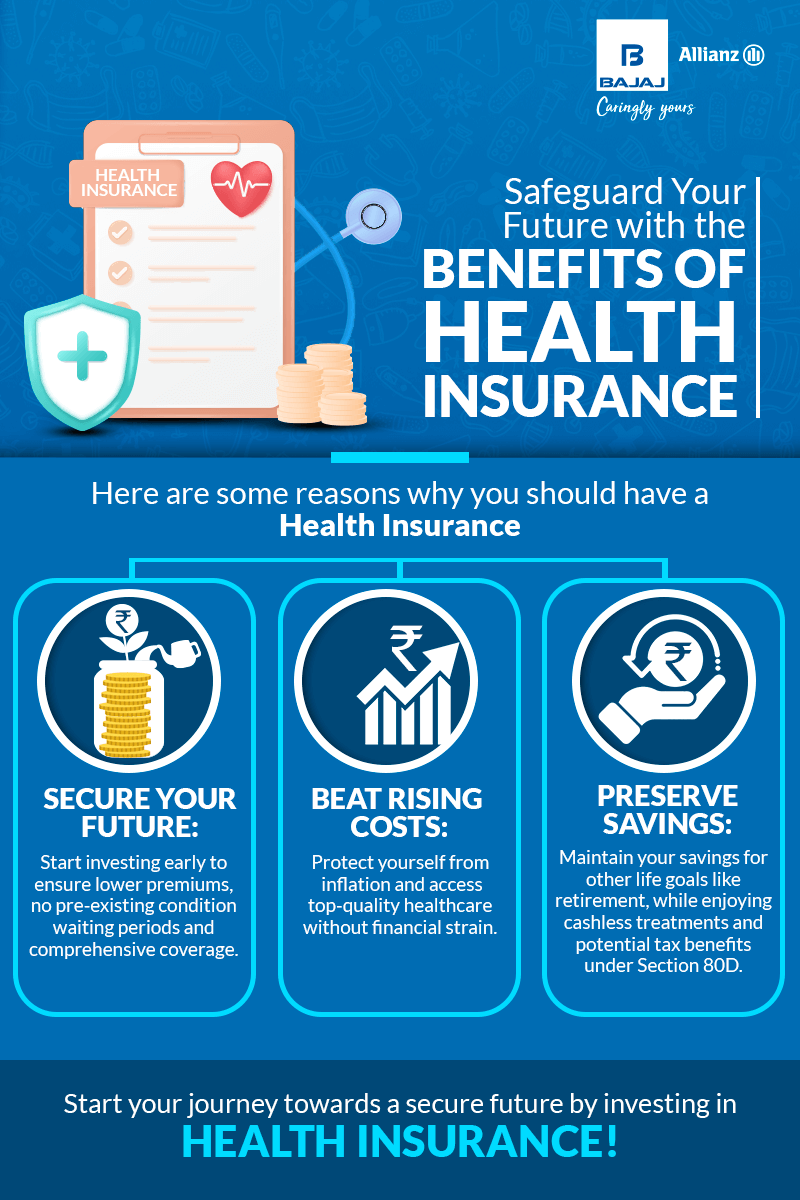Some Ideas on Medicare Advantage Agent You Should Know
Table of ContentsMore About Medicare Advantage AgentA Biased View of Medicare Advantage AgentGetting The Medicare Advantage Agent To Work


follows from adheres to the perplexing young reasonably profile of the uninsured with the better health, on average, standard younger personsMore youthful For those without access to workplace health insurance, inadequate wellness is a prospective barrier to purchasing nongroup insurance coverage due to the fact that such protection may be highly valued, omit preexisting problems, or be just unavailable. Unless or else kept in mind, national price quotes of individuals without health insurance policy and percentages of the population with various kinds of protection are based on the CPS, the most widely made use of source of estimates of insurance policy coverage and uninsurance prices.

Some Ideas on Medicare Advantage Agent You Should Know
Over a three-year duration beginning early in 1993, 72 million individuals, 29 percent of the united state population, were without insurance coverage for at the very least one month. Within a solitary year(1994), 53 million people experienced at the very least a month without protection(Bennefield, 1998a). Six out of every 10 uninsured grownups are themselves used. Although working does boost the probability that one and one's relative will have insurance policy, it is not a guarantee. Even members of households with 2 full-time wage income earners have virtually a one-in-ten chance of being uninsured (9.1 percent without insurance price)(Hoffman and Pohl, 2000 ). The relationship between wellness insurance and access to care is well established, as recorded later on in this phase. The relationship in between health and wellness insurance policy and wellness outcomes is neither direct nor easy, a substantial clinical and health and wellness services research literature links health and wellness insurance protection
to improved access accessibility care, better far better, and improved enhanced and population health statusCondition For instance, the second report, on personal health outcomes for without insurance adults, is stood for by the inner circle of the figure, while the third report, on family well-being, encompasses the topics of the 2nd record however emphasizes a different unit of evaluation, particularly, the household. The sixth report in the collection will offer information regarding strategies and campaigns embarked on locally, statewide, or nationally to attend to the absence of insurance coverage and its unfavorable influences. Degrees of analysis for checking out the impacts of uninsurance. This conversation of wellness insurance policy coverage focuses mostly on the united state population under age 65 due to the fact that practically all Americans 65 and older have Medicare or various other public coverage.
Moreover, it concentrates specifically on those without any kind of health insurance for any kind of size of time. The troubles encountered by the underinsured are in some respects comparable to those faced by the uninsured, although they are usually much less severe. Uninsurance and underinsurance, visit their website nevertheless, entail clearly different plan problems, and the approaches for resolving them may differ. Throughout this research study and the five records to adhere linked here to, the major focus is on individuals with no medical insurance and hence no assistance in paying for wellness care beyond what is offered via charity and safety and security net establishments. Health insurance is an effective aspect influencing invoice of treatment since both people and medical professionals reply to the out-of-pocket rate of services. Wellness insurance coverage, nonetheless, is neither needed neither adequate to access to medical services. Nevertheless, the independent and direct impact of health and wellness
insurance policy coverage on accessibility to health and wellness services is well established. Others will get the healthcare they require also without health insurance policy, by paying for it expense or seeking it from companies that offer care cost-free or at extremely subsidized rates. For still others, medical insurance alone does not make certain receipt of care as a result of various other nonfinancial obstacles, such as an absence of healthcare suppliers in their neighborhood, limited access to transport, illiteracy, or linguistic and cultural distinctions. Formal research study concerning without insurance populaces in the USA dates to the late 1920s and early 1930s when the Board on the Expense of Medical Care generated a series of records regarding funding medical professional workplace gos to and hospitalizations. This problem came to be salient as the numbers of medically indigent climbed throughout the Great Clinical depression. Empirical research studies constantly support the web link between access to care and improved health outcomes(Bindman et al., 1995; Starfield, 1995 ). Having a regular source of care can be taken into consideration a predictor of gain access to, instead of a straight step of it, when wellness outcomes are themselves made use of as access indications. This extension of the idea of gain access to dimension was made by the IOM Board on Keeping An Eye On Accessibility to Personal Healthcare Provider(Millman, 1993, p. Whether or not parents are insured shows up to influence whether their children obtain care along with just how much careeven if the children themselves have protection(Hanson, 1998). The health and wellness of parents can affect their capacity to take care of their children and the degree of household stress and anxiety. Stressing over their kids's access to care is itself a source of tension for moms and dads. Three chapters comply with in this report. Chapter 2 gives a summary of how employment-based medical insurance, public programs and specific insurance plan run and communicate to provide extensive but incomplete coverage of the united state population. This includes an evaluation of historic fads and public laws impacting both public and private insurance coverage, a discussion of the interactions among the different types of insurance policy, and an evaluation of why people move from one program to another or wind up
